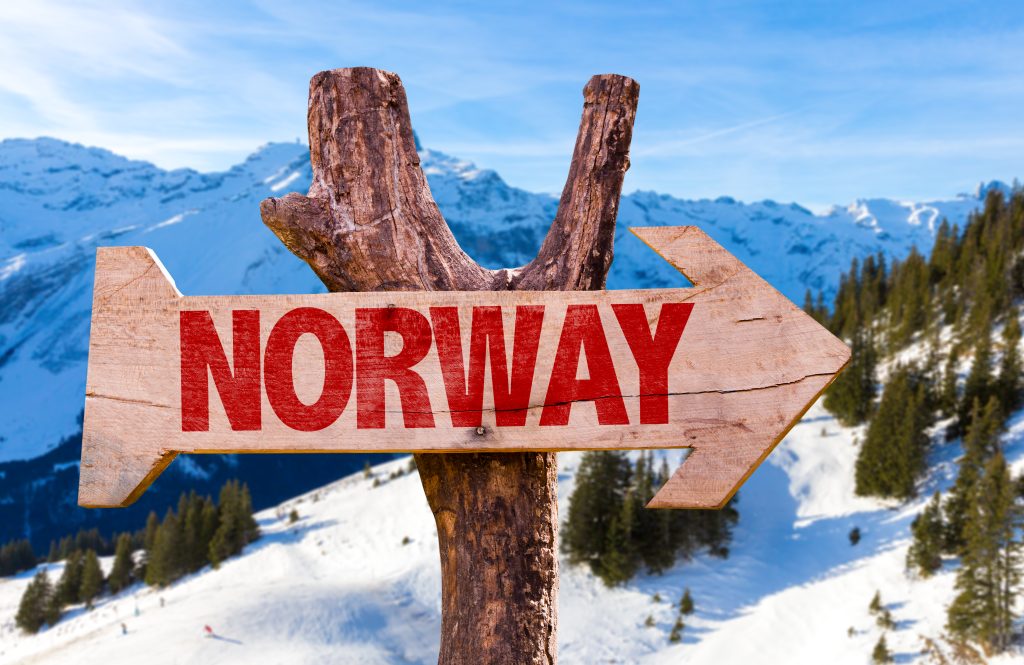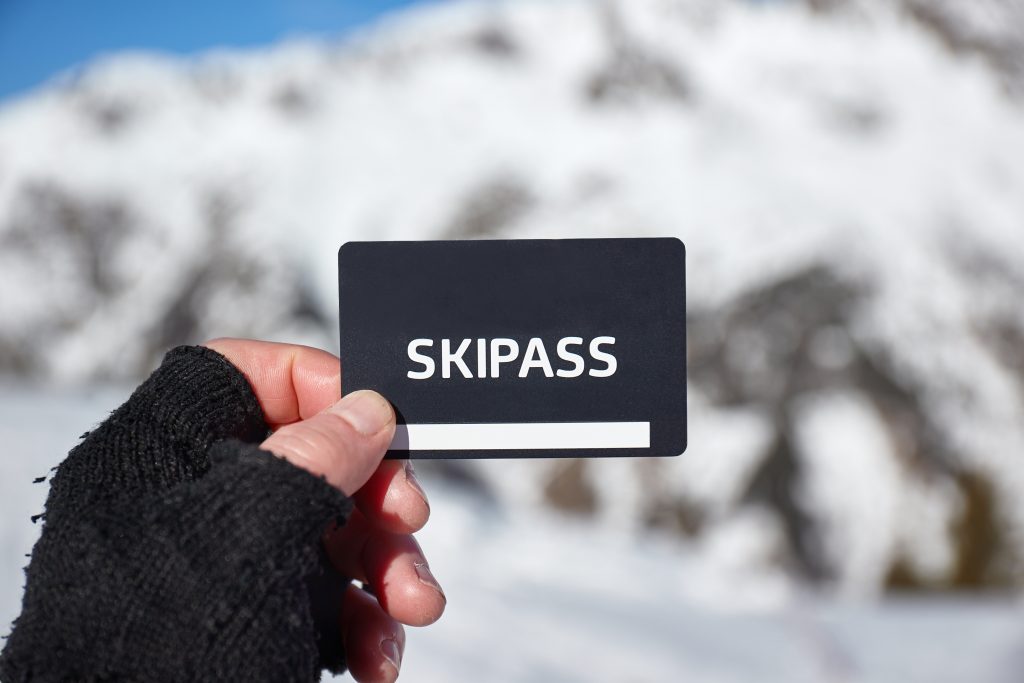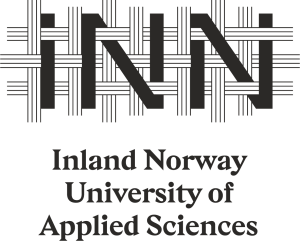Dr Iveta Malasevska | Ski Economics: Using Dynamic Ticket Pricing to Increase Ski Slope Revenues
The ski industry currently faces a number of challenges, including climate change, falling demand and lift ticket prices. Dr Iveta Malasevska, a senior researcher at Eastern Norway Research Institute based at Inland Norway University of Applied Sciences, is collaborating with colleagues on a project called ‘Innovative Pricing Approaches in the Alpine Skiing Industry’. The team is examining pricing analytics at ski resorts in Norway intending to develop optimal pricing schemes to address the challenges faced by alpine ski resorts and improve their long-term financial performance.
Challenges Facing Ski Resorts
Norway is an alpine skiing paradise, as the season is long and many of the largest resorts are easily accessible from airports and ferry ports. In Norway, there are more than 200 ski resorts, and approximately 18% of these are located in Inland Norway (which since 2020, incorporates Hedmark and Oppland). In the 2021–22 season, there were almost 7.5 million visits to the Norwegian ski slopes (the latest statistics can be found here: https://alpinogfjell.no/fakta-og-statistikk).
Despite its popularity, the skiing industry faces many challenges that directly impact the profitability of ski resorts. These include shorter winters and the decline in natural snow cover (potentially due to climate change), as well as a global decline in the number of new active skiers, especially in younger populations.
There is also a hidden challenge to ski resort management relating to customer experience and satisfaction; customers assess service quality by comparing the service they receive with the service they expected to receive, and this determines whether they will return to the resort. However, many of the factors that affect this, such as weather conditions, are out outside of human control.
A consequence of these challenges is that the operational costs of running ski slopes are likely to increase as the resorts invest in advanced snow production and technologies. This may lead ski resorts to increase ticket prices to finance these investments, which in turn, can unintentionally deter customers from visiting the slopes, affecting the profitability of the resort in the longer term.

Dynamic Pricing Increases Profitability
These challenges are just as relevant internationally as they are to the Norwegian economy. For long-term survival, it is critical that ski resorts understand their customers’ needs and provide a value-for-money experience. Dr Iveta Malasevska of Inland Norway University of Applied Sciences, has determined that dynamic pricing is one key area where ski resorts can significantly increase revenues.
Several ski resorts in Switzerland and the USA have now implemented dynamic pricing. Such price differentiation essentially divides the market into segments, such that higher prices can be charged to those customers willing and able to pay more, whilst charging lower prices to those customers not willing to pay more.
This approach allows supply to be matched with demand, thereby selling more resort tickets and improving company profitability. For example, airline companies use differential pricing, charging higher prices for business travellers and discounted prices for tourists, as well as increasing ticket prices in the weeks getting closer to the departure date.

An Introduction to the Project
Dr Malasevska is collaborating with colleagues on the ‘Innovative Pricing Approaches in the Alpine Skiing Industry’ (IPAASKI) project. The overall objective of this work is to follow up and extend the work of Dr Malasevska’s doctoral research. As such, the team is examining and hopes to implement new pricing schemes to address the challenges faced by alpine ski resorts.
They have formulated several ambitious research questions, including how best the alpine industry could use new pricing schemes to attract new and young skiers, and how ski resorts could use pricing schemes to make skiing more environmentally sustainable.
A critical addition to the team’s aims and objectives is to identify how effectively the ski resort managers can utilise their results and pricing recommendations. The need for more effective management of alpine ski resorts is essential to profitability, as visitor demand regularly fluctuates. For example, when the demand for alpine skiing is higher than the ski resort’s capacity, the ski resort is losing out on potential visitors.
The Theory of Consumer Behaviour
The theoretical foundation for most of Dr Malasevska and her colleagues’ work is the standard theory of consumer behaviour from economics. Here, it is assumed that consumers act rationally to maximise their utility, but that the expected utility may change according to different circumstances. For example, in the context of skiing experience, the length of queues and waiting times, the snow conditions at the resort, and the capacity of the ski lift, all indirectly and directly affect the skiing experience.
Most Norwegian ski resorts charge a constant price for various ski ticket passes over the entire winter season, but charge different prices for groups, children, adults and senior citizens. However, in today’s constantly changing and open markets, this traditional pricing approach is no longer sufficient to ensure profitability. In particular, it ignores the customers’ willingness to pay.

A Mixed-methods Approach to Allow In-depth Investigation
The project is now in the final stage and Dr Malasevska and the research team are hard at work conducting qualitative and quantitative analyses.
They began with a qualitative approach to obtain a deeper understanding of the prospects for dynamic pricing among managers and customers in alpine ski resorts. Having conducted in-depth interviews with both ski resort managers and alpine skiers, the insights obtained from these analyses will be used to design future questionnaires. The team will also continue to implement complex statistical techniques used in market research known as conjoint analysis and non-linear optimisation.
Conjoint analysis enables the team to forecast customer choices in a way that is very similar to the actual marketplace. For example, the team obtained 722 conjoint-based questionnaires from active skiers and potential skiers to understand the relative importance customers attach to attributes of the skiing experience (such as weather conditions and price). This provides a basis from which to calculate the utilities the skiers attach to these various attributes, and what prices the resort could charge to maximise revenue, on a windy versus sunny day for instance.
The researchers have also collected data from real purchasing behaviour from a pricing scheme that was trialled at one of the ski resorts collaborating with the team on this project. The results of this can then be compared to the teams’ predicted purchasing behaviour, allowing substantial investigation of the willingness of customers to pay related to changes in a company’s pricing strategy.

Training Managers on Pricing Analytics
Norwegian ski resorts vary a lot in size and also in terms of customers’ experience at the resort. This makes dynamic pricing a risky approach as revenues could collapse if large numbers of customers with a high willingness-to-pay switch to lower-priced offers.
Although ski resorts have control over internal characteristics, such as lift speed, snowmaking possibilities, and variety of ski slopes, the skiing experience is also affected by external factors that are not directly controlled by the ski resorts, as described above.
Dr Malasevska and her colleagues found that if the midweek weather conditions are noticeably better than those forecast for the weekend, customers tend to visit the resort on midweek days instead, despite a higher price. Awareness of such a customer reaction allows ski resorts to use a dynamic-pricing approach to shift demand away from more desirable periods to less desirable periods, and thereby reach a new group of potential skiers.
However, the team identified that resort pricing can be inefficient when managers lack expertise in pricing analytics. Taking this forward, the team have already conducted several workshops in which they presented the key findings from the project and discussed them with ski resort managers about how they could be implemented into practice.
Onwards and Upwards!
Both industry and academic experts have already expressed considerable interest in the results of the project. The team are developing recommendations for future research and their work will undoubtedly play a key role in helping alpine ski resorts confront the pressing challenges of our times and become financially more stable.
SHARE
DOWNLOAD E-BOOK
REFERENCE
https://doi.org/10.33548/SCIENTIA907
MEET THE RESEARCHER
Dr Iveta Malasevska
Eastern Norway Research Institute
Inland Norway University of Applied Sciences
Norway
Dr Iveta Malasevska was awarded her PhD in ‘Innovation in Services in the Public and Private Sectors’ from the Inland Norway University of Applied Sciences in 2017. She also holds a Masters degree in Business Administration and Management from the BA School of Business and Finance in Latvia. Dr Malasevska’s fields of interest include business forecasting, revenue optimisation, value-based pricing, consumer behaviour, and tourism in general. Dr Malasevska is currently working on projects within tourism and experience economics, including the project ‘Innovative Pricing Approaches in the Alpine Skiing Industry’, funded by Regional Research Funds in Norway. She is a senior researcher at the Eastern Norway Research Institute based at the Inland Norway University of Applied Sciences, and her research has been published in respected journals including the Tourism Management, Tourism Economics, Scandinavian Journal of Hospitality and Tourism, and the Journal of Outdoor Recreation and Tourism.
CONTACT
E: Iveta.malasevska@inn.no
W: https://www.linkedin.com/in/iveta-malasevska-13a8456b/
KEY COLLABORATORS
Associate Professor Andreas Hinterhuber, Ca’Foscari University of Venice, Italy
Professor Erik Haugom, Inland Norway University of Applied Sciences, Norway
Professor Gudbrand Lien, Inland Norway University of Applied Sciences, Norway
Associate Professor Ørjan Mydland, Inland Norway University of Applied Sciences, Norway
PhD candidate Per Kristian Alnes, Inland Norway University of Applied Sciences, Norway
Skitude Digital Platform, Norway
Alpinco Ski Resorts, Norway
Beitostølen Resort, Norway
Sjusjøen Ski Resort, Norway
Skeikampen Alpine Centre, Norway
FUNDING
Regional Research Funds in Norway
FURTHER READING
I Malasevska, E Haugom, G Lien, et al, Managing structural constraints in recreational alpine skiing: a choice modelling approach, Managing Sport and Leisure, 2022. DOI: https://doi.org/10.1080/23750472.2021.2020679
I Malasevska, E Haugom, G Lien, et al., Dynamic pricing assuming demand shifting: the alpine skiing industry, Journal of Travel & Tourism Marketing, 2022, 37(7), 785–803. DOI: https://doi.org/10.1080/10548408.2020.1835787
I Malasevska, E Haugom, Alpine skiing demand patterns, Scandinavian Journal of Hospitality and Tourism, 2019, 19(4–5), 390–403, DOI: https://doi.org/10.1080/15022250.2018.1539924
I Malasevska, E Haugom, Optimal prices for alpine ski passes, Tourism Management, 2018, 64, 291–302. DOI: https://doi.org/10.1016/j.tourman.2017.09.006
I Malasevska, E Haugom, G Lien, Modelling and forecasting alpine skier visits, Tourism Economics, 2017, 23(3), 669–679. DOI: https://doi.org/10.5367/te.2015.0524
I Malasevska, E Haugom, G Lien, Optimal weather discounts for alpine ski passes, Journal of Outdoor Recreation and Tourism, 2017, 20, 19–30. DOI: https://doi.org/10.1016/j.jort.2017.09.002

REPUBLISH OUR ARTICLES
We encourage all formats of sharing and republishing of our articles. Whether you want to host on your website, publication or blog, we welcome this. Find out more
Creative Commons Licence (CC BY 4.0)
This work is licensed under a Creative Commons Attribution 4.0 International License. 
What does this mean?
Share: You can copy and redistribute the material in any medium or format
Adapt: You can change, and build upon the material for any purpose, even commercially.
Credit: You must give appropriate credit, provide a link to the license, and indicate if changes were made.
SUBSCRIBE NOW
Follow Us
MORE ARTICLES YOU MAY LIKE
Grandmothers: Innovation Through Tradition
Grandmother Project – Change through Culture (GMP) is an organisation dedicated to documenting the role of grandmothers and demonstrating the effectiveness of grandmother-inclusive strategies in improving the health and well-being of women, children, and adolescents. GMP’s groundbreaking work challenges conventional wisdom to transform community-based interventions in Africa and beyond, harnessing a powerful but often overlooked resource: the wisdom and influence of grandmothers.
Dr Michal Franta – Dr Jan Libich | Distribution Tails, Recession Risks and Macroeconomic Policies
The Global Financial Crisis of 2007–2009 ignited significant reconsideration of financial and economic policies, spurring extensive research efforts to prevent future crises and cultivate a more stable and inclusive economic framework. Our research proposes a macro-financial empirical modelling framework that can assess various short-term and long-term macroeconomic risks through the examination of the tails of distributions of macroeconomic variables. The analysis reveals many novel facts regarding higher moments of the US output growth distribution. It also implies new findings and policy recommendations related to the impact of financial (risk premia) as well as monetary policy shocks on downside macroeconomic risk.
Allison Balabuch – Professor Ann Brower Stahl | Bringing Archaeology to the Classroom and Beyond: The African Archaeology Review
The African Archaeology Review (AAR) journal recently celebrated its 40th anniversary. To mark this occasion, a special issue was compiled with an innovative theme: Archaeology for Education. To achieve this, the AAR editorial team assembled a group of academic researchers in archaeology with the proposition of writing articles collaboratively with educators that would make their research centred on Africa’s rich pasts accessible for use in school learning. The goal is to change the stories we tell about Africa both within and outside the continent.
Professor Karen Hogan | Uncovering the Financial Fallout of Cyber-Attacks
In our increasingly digital world, cyber-attacks pose a significant threat to corporations with their potential to disrupt operations, damage reputations, and ultimately impact shareholder value. Because these attacks are getting more sophisticated, companies need to protect both their own systems and be aware of what potential threats might exist as a result of doing business with their suppliers and partners. Professor Karen Hogan from Saint Joseph’s University in the USA is an expert on the complex relationship between cyber-attacks and shareholder wealth. Her comprehensive research provides valuable insights into how companies and investors can navigate this treacherous landscape.






